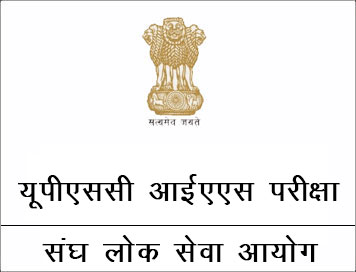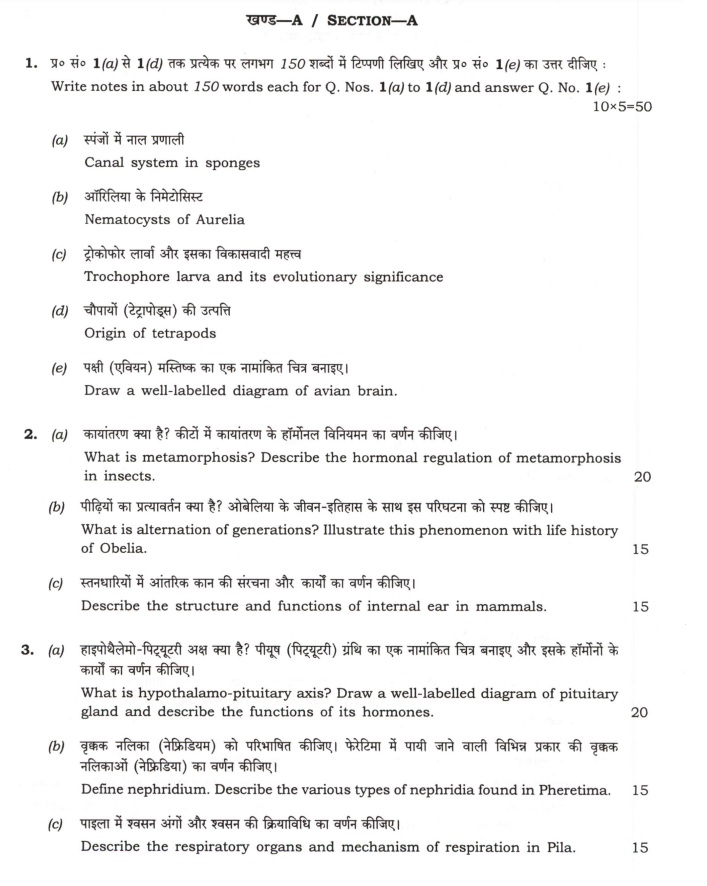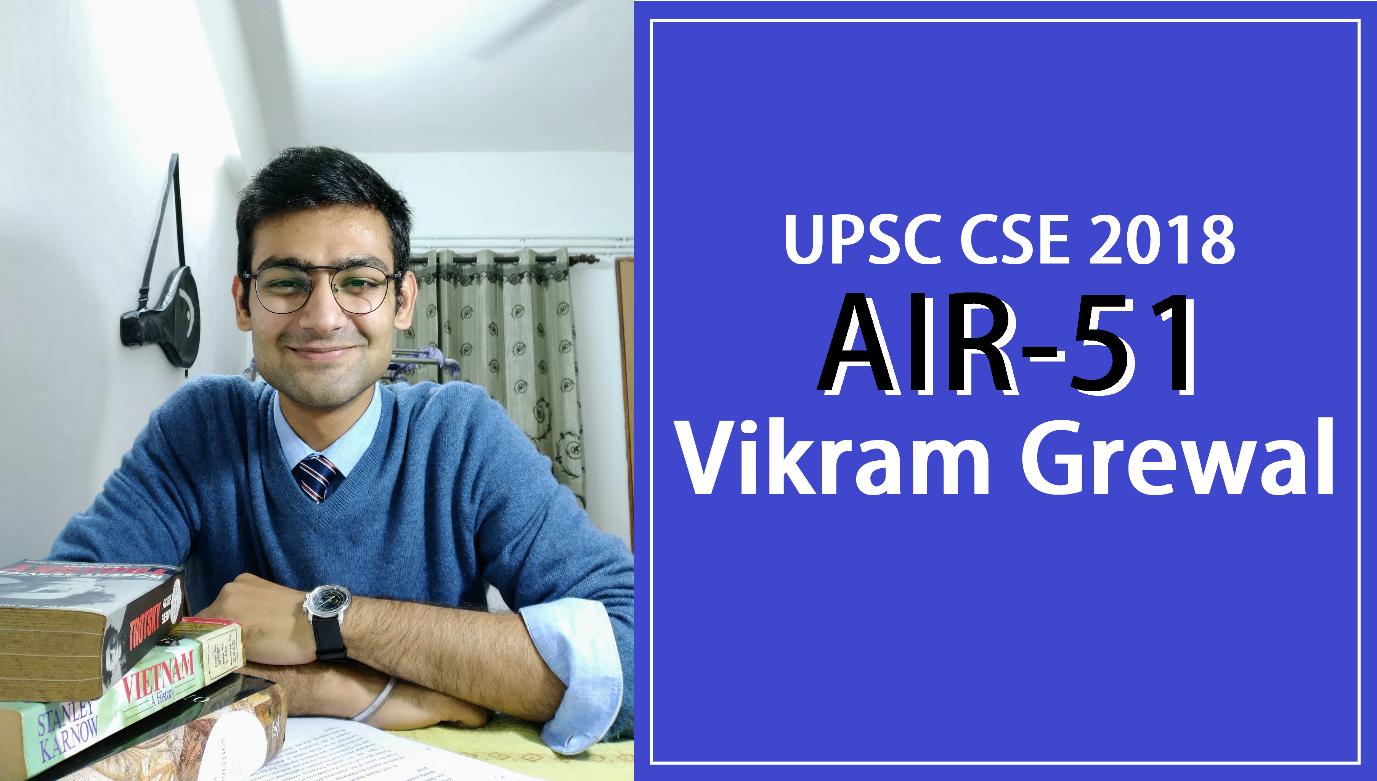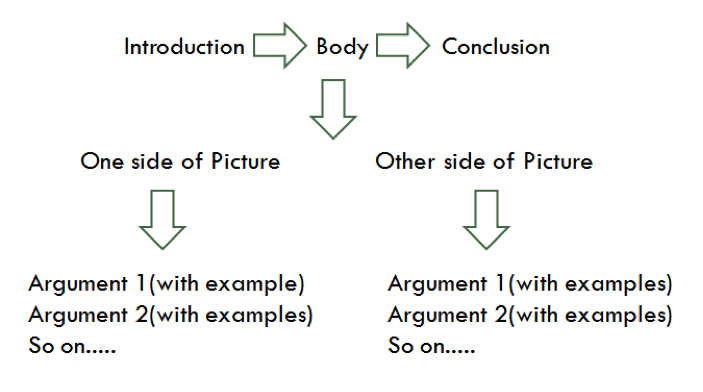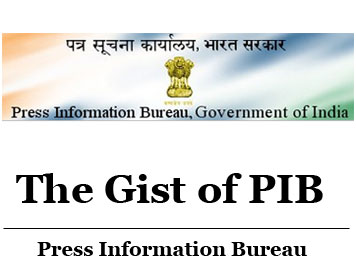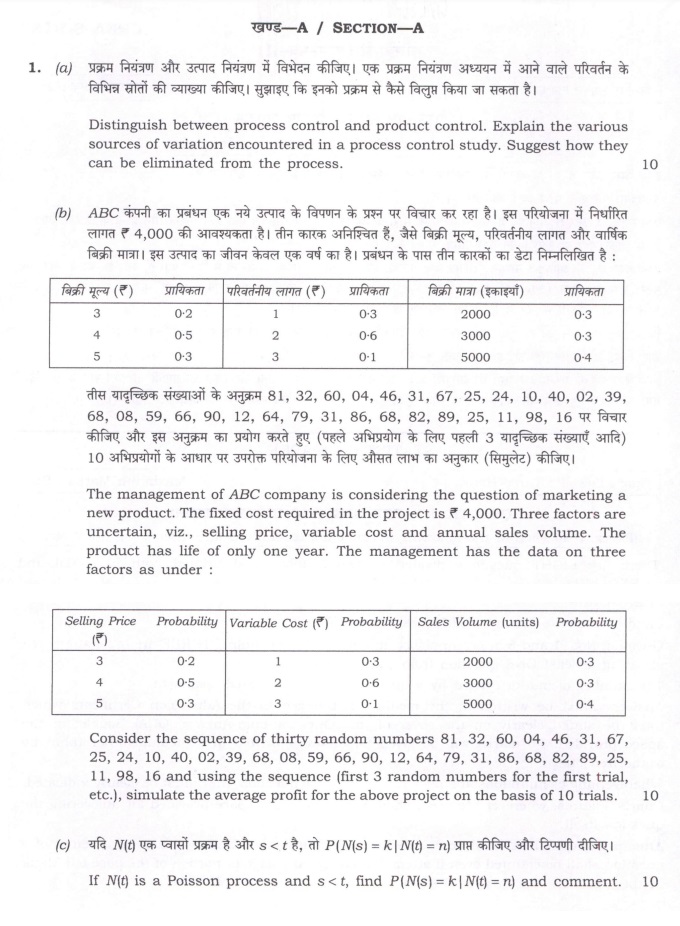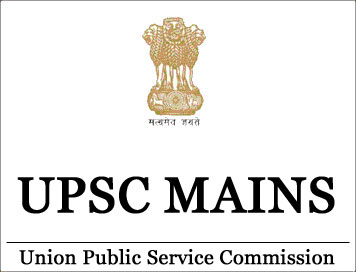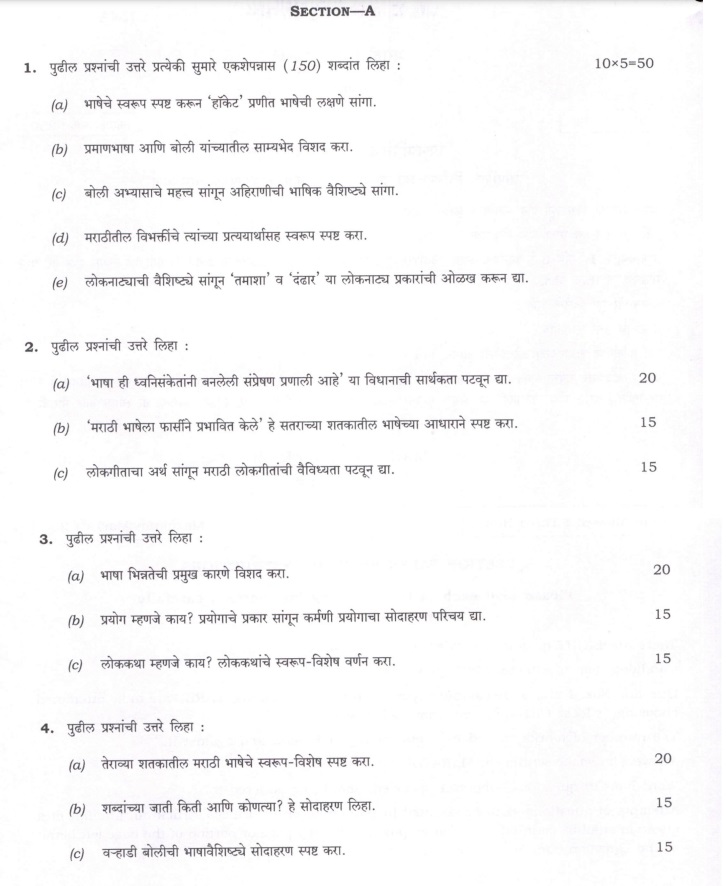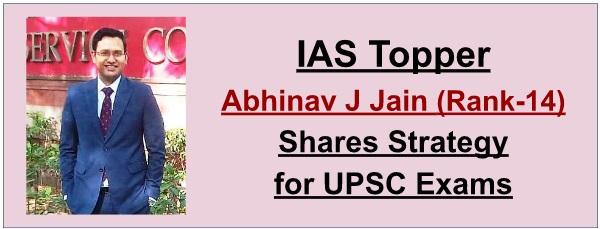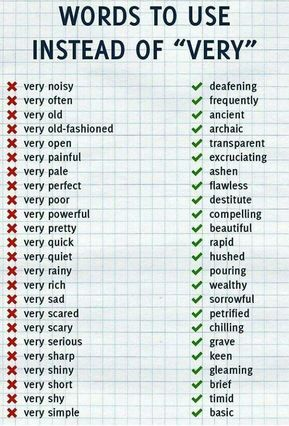
(Getting Started) UPSC Prelims Strategy by Chirag Jain AIR-160
Chirag Jain is one of the toppers of the prestigious UPSC Civil Services Examination of 2019. He is a native of Bharatpur, Rajasthan, and a Mechanical Engineer from the National Institute of Technology, Jaipur. 2019 was his 3rd attempt. To date, he has cleared all his prelims attempts, moving on to the interview stage twice. He has also worked in Tata Motors, Pune before finally achieving his long set dream of becoming a Civil Servant. Currently, he is training as an Indian Police Service officer with the U.P. cadre.
Study Sources
Like most toppers over the years, Chirag is a firm believer in the practice of “minimum sources, maximum revision”. He kept his sources simple and tried to revise them as many times as he could manage. Here is a list of his subject wise sources –
- History –
- Environment – Environment book by Shankar IAS and map practice
- Polity – Indian Polity by M Laxmikanth, with schemes and policies from Current Affairs
- Economy – Module by Sriram IAS, but mostly Current Affairs
- International Organizations, Indexes, etc. – IAS Parliament
- Current Affairs– IAS monthly magazines
Notes-making
Other than Laxmikanth, Chirag prepared notes for all other subjects. For Laxmikanth he highlighted the important parts. Especially for Current Affairs, Chirag made notes specific to prelims requirements after his second round of revision.
The trick to understanding what to write in your notes; it is important to solve Previous Years’ Papers. Once you get the hang of it, you will understand clearly what to include in your notes and what to leave behind. You DO NOT want to INCLUDE UNNECESSARY DETAILS in your notes.

Revision
Revision is key to success in UPSC Civil Services Exams, and even more so in the prelims stage. Chirag was devoted to multiple revisions. He ensured that he revised the static portion at least 4 times. This ensured that any question that was asked from material he has read, he was able to answer correctly. He kept revising the evolving current affairs along the way as well.
Chirag had solved 2 test series. For his first attempt, he had taken 60+ mocks, 30+ for his second attempt; however, in this attempt, he only had time for some 10 mock tests. But he strongly recommends solving as many as you can.

While attempting the paper, keep in mind the job is not just checking scores. The more important part is analyzing your strengths and weaknesses. This way, you can improve on the topics you are unable to answer properly while revising the ones you are already good at. Mocks also allow you to judge your accuracy properly. This will allow you to decide your number of attempts.
Chirag used to analyze his mocks twice. The first time, he would identify the topics he answered correctly. In his second iteration, he would mark the topics he got wrong and go back to revising them. During the test, he would mark the topics he did not know about, and immediately afterward, he would ensure he read up on them. This also helped his revision.
Exam Attempts
The first thing Chirag suggests doing is going through the paper, answering all the questions you know accurate answers to. In all his 3 attempts, Chirag has never crossed the 55 question mark on this iteration. In the same iteration, he would also mark the ones he had half-knowledge of.
This was followed by another parsing of the paper, this time using elimination techniques. On those that he marked for the later attempt, he would eliminate 2 options, and in the remaining 2, use his intuition and make an informed guess.
Also, DO NOT LEAVE MARKING THE OMR SHEET FOR THE END. If you run out of time and cannot mark answers, you will lose out on the exam.
Message To IAS Aspirants

Do not give up. Many have only cleared their prelims at the 5th and final attempt and made it through to the final list.
Keep trying and you will succeed. Best of luck!
CLICK HERE TO DOWNLOAD UPSC TOPPERS NOTES

